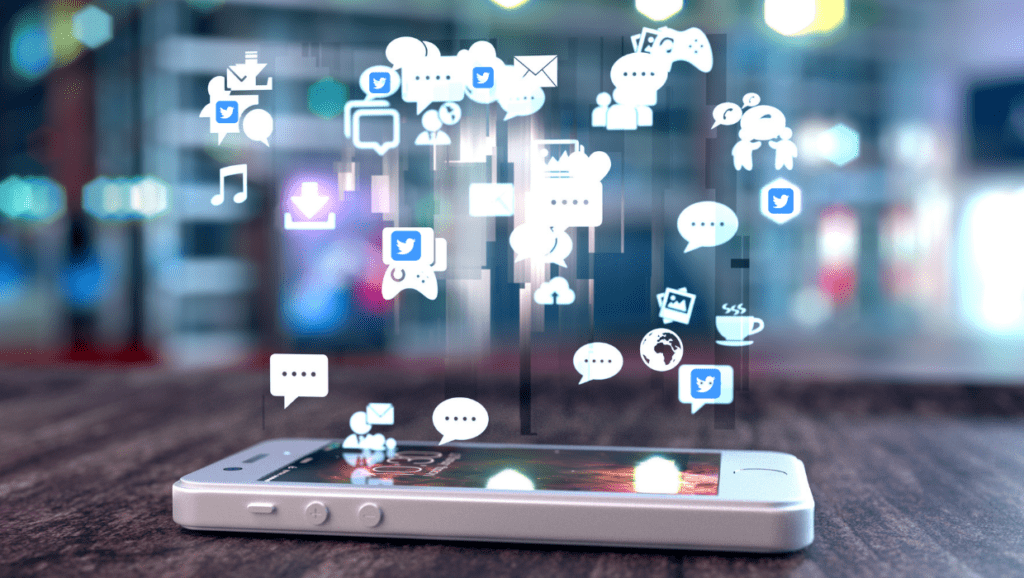By Vanessa Assis
In digital marketing, ADS are advertise embedded in some sites, such as Google and Facebook, that serve to attract audience. They serve both for the dissemination of paid products and for free content. For example, if the company wants to release an e-book (which can be accessed at no cost to readers) on how to improve production processes, one can disclosure it through this type of advertisement.
They can be purchased in cost-per-click templates, or by print (every time it is displayed to a person, it is printed on a web page), or reach, video time.
Usually this type of service is sold per thousand (cpt = cost per thousand), or by video views. Nowadays the main players are Google Ads and Facebook Ads, but there are also other platforms, such as LinkedIn Ads, UOL Ads etc.
Why using Ads?
Ads is one of the best ways to get the attention of people who may not know your brand or who are in need of a product. The great advantage of using this type of strategy is that it allows the ad to be targeted to the right person (target audience) because the brand is displayed to those who are looking for that type of product or service, using key-words search or preferences.
Each Ads service has its particularity. For example, Facebook Ads does not work with keywords so much, but through people’s interests, or based on pages that people like or follow. For example, when there is the need to reach the public for the sale of fitness food products, it is possible to direct the ads to users who enjoy pages of the same segment (health, sports, healthy eating, etc.).
Who should use it?
Any company who wants to have digital marketing return, needs to work with Ads. That’s because Ads is a complementary way of attracting people who have an interest in a product or service, so it’s a form of advertisement.
When to use?
It is very important that the use of Ads is allied to a strategy and that its usage is not based only on the fact that other companies are using it. These ads are important when you have a strategic plan on what you want the user to do.
It is necessary to know the target audience. If the brand does not know what wants from them, it does not make sense to use this means of publicity, as there will be expenses with ads that will not be converted into sales.









